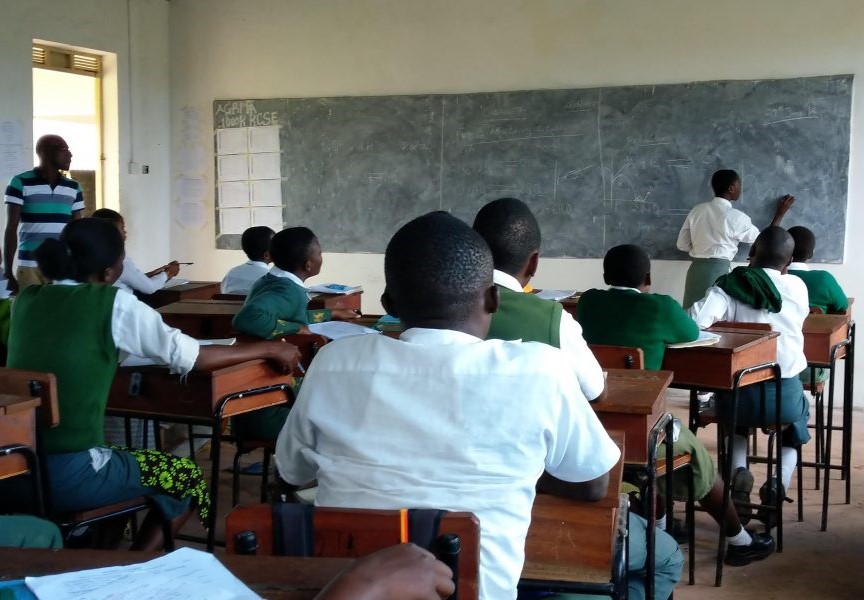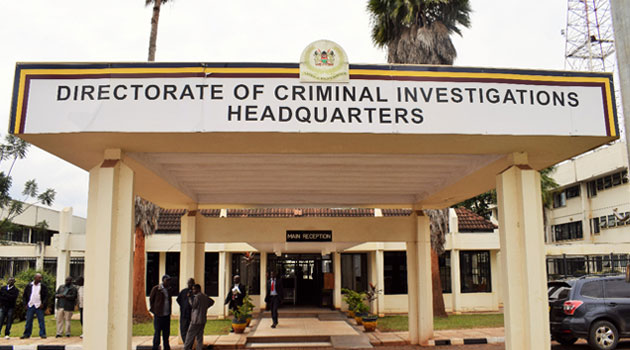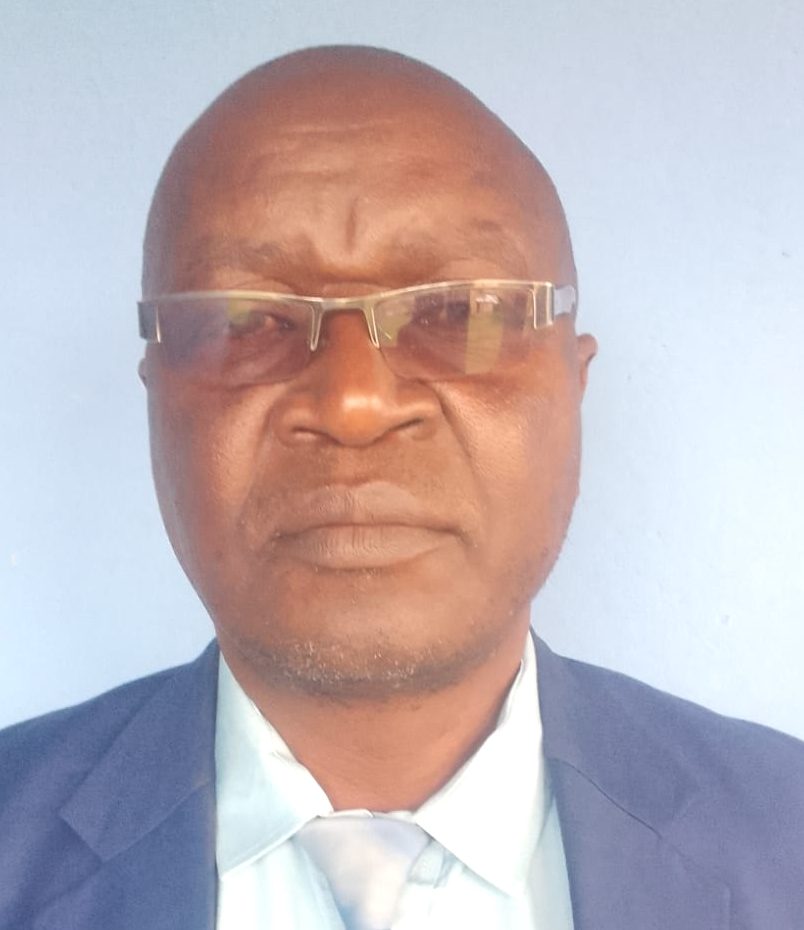Public schools in Kilifi County are grappling with a severe teacher shortage, leaving students packed into overcrowded classrooms and straining the delivery of quality education. Principals and education stakeholders warn that without urgent intervention, learners will continue to face disrupted syllabi and shallow engagement.
At St Thomas Girls’ Secondary School, Principal Eunice Nwaiseghe says the institution is operating well below staffing norms. “We are a school that has grown very fast, but we have a shortage of TSC teachers. We have 28 teachers, yet we need 44,” she said. “The rest of the gap is filled by BOM teachers paid by parents, but that burden has become too heavy for many families to bear.”
The teacher shortfall has forced some educators to teach outside their specializations, resulting in patchy syllabus coverage, especially as the new curriculum rolls out. “With the Form Ones transitioning to a new system, it has been a tall order for us,” Nwaiseghe noted, calling on the Teachers Service Commission to deploy more staff urgently.
ALSO READ:
KSSSA President hails Kakamega readiness, urges fans to rally behind rising school sports talent
The crisis is compounded by swelling enrolment numbers across Kilifi’s 181 public secondary schools and 530 junior schools.
According to KUPPET Kilifi branch secretary Opolo Kopoll the county’s current pool of roughly 2,400 teachers is insufficient to cover the growing academic demands. “If you compare these statistics with the number of subjects per school, you’ll realise the huge gap,” Kopolo said.
He estimates Kilifi requires at least 1,000 more secondary school teachers to meet minimum staffing thresholds. The current situation has forced available teachers to juggle extra lessons, pushing them beyond reasonable workloads. Stakeholders fear that if this trend continues, it will erode both performance and morale.
ALSO READ:
Kenya Academy of Sports to host Career Fair and Symposium at KICC
Beyond numbers, educators say the teacher crisis is driving deeper disparities. With limited instructional support, students from under-resourced areas risk falling behind. The congestion in classrooms has made personalized learning nearly impossible, and the ripple effect is being felt in exam readiness and overall learner confidence.
Kopolo emphasized that the education system’s survival relies not only on infrastructure but on human capital. “These students deserve more than just buildings and books. They need teachers who are present, qualified, and supported.”
With education reforms underway, Kilifi’s schools find themselves in limbo tasked with implementing new systems using old, stretched-out structures.
By Masaki Enock
You can also follow our social media pages on Twitter: Education News KE and Facebook: Education News Newspaper for timely updates.
>>> Click here to stay up-to-date with trending regional stories
>>> Click here to read more informed opinions on the country’s education landscape






